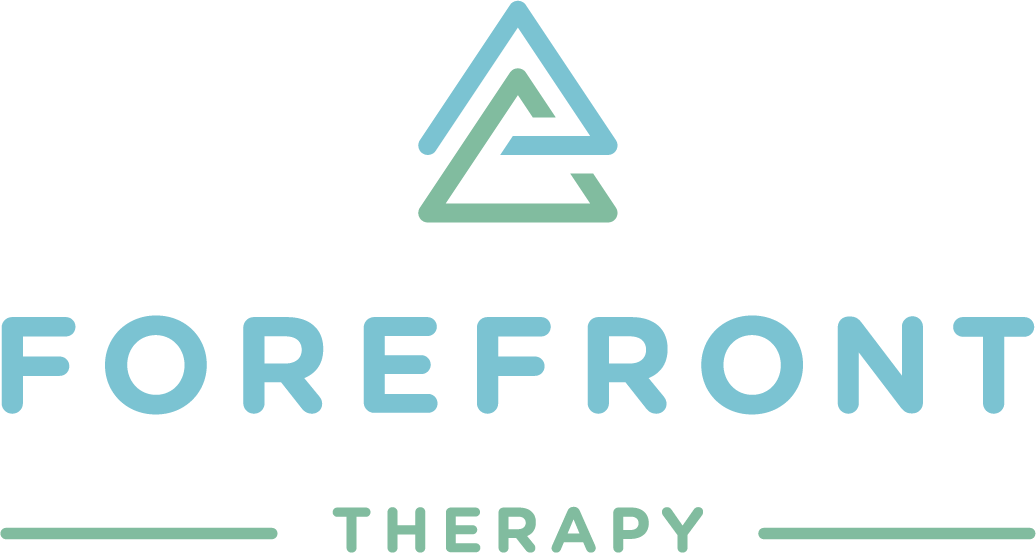Runners are just different.
To many, pounding the pavement mile after mile seems like a death sentence, but to a runner, those treks achieve amazing ends–faster mile times, mental clarity and better health.
Whether it be a 400-meter sprint or a 10k jog through the woods, runners all want the same thing…to keep running. Here lies the question to be answered: How can we both run faster and do so with fewer injuries?
After all, The best ability is availability.
I haven’t a clue who deserves credit for those words, but they deserve both a medal and a pat on the back. Practically speaking, we can accomplish faster miles and fewer injuries with a well-structured warm-up routine.
Warming up may not appear super exciting, but it’s crucial to improve three things…
1. Your performance
2. Your mental engagement
3. Your injury risk
And you shouldn’t need to pack a lunch for an effective warm-up. In fact, 5 or 10 good minutes is all most folks need. Without further ado, here are 3 principles to warm-up up effectively.
Principle #1 Raise Your Heart Rate
I know, it seems obvious, but I can’t tell you how many times I’ve asked a runner, “What’s your warm-up like?” Tongue in cheek, the answer often amounts to tying one’s shoes and making sure his or her watch is charged. “I just started running,” they might say.
Step 1 of an effective warm-up is to do exactly that, warm up. I recommend completing 3-5 minutes of steady state exercise–boosting the heart rate above 100 beats per minute.
Examples of exercises fitting the bill include the following:
● Stationary Cycling
● Jumping Rope
● Jogging Slowly
Principle #2 Leave the Sagittal Plane
Running is inherently “forward and backward” movement. This is true of the literal distance you cover, but consider your anatomy as well. Your hips, knees, and ankles; when we run, they all primarily move in this same plane of motion–that is, they bend forward and backward. In the physical therapy world, we call this moving within the sagittal plane.
Conversely, there is very little twisting or side-to-side movement associated with running. Or at least, there shouldn’t be.
That said, runners should be competent in both rotating and side-bending the anatomy. This reduces injury risk, but it also primes the muscular pump–vital if your goal is to run fast.
Examples of exercises fitting the bill include the following:
● Monster Walks
● Lateral Lunges
● Fire Hydrants
● Side Plank + Leg Raises
Principle #3 Stretch Sparingly
Perhaps the only controversial principle on this list is to stretch sparingly. Don’t get me wrong; static stretching does have its place, but it’s typically not before a run. In fact, static stretching often has adverse effects on performance.
Holding a static stretch has been shown to reduce a muscle’s ability to produce force for a period of time after. If you’re looking to scratch this stretchy itch, I recommend grabbing a foam roller to make your quads, hamstrings and calves happy and healthy.
Happy Running.
-Brian
About the author:
Dr. Brian Grant, PT, DPT, OCS, CSCS is a Doctor of Physical Therapy with undergraduate and graduate degrees from the University of Evansville. Brian has successfully completed the 12-month Orthopedic Physical Therapy Residency at Forefront Therapy in collaboration with Arcadia University and is a Board Certified Orthopedic Clinical Specialist.. Brian has thorough experience and passion working with individuals with orthopedic, sports, and neurological conditions. He has been accredited through the National Strength and Conditioning Association as a Certified Strength & Conditioning Specialist. Brian has also taken a regional leadership role as Vice President of the Southwest District, American Physical Therapy Association Indiana Chapter. A native of Evansville, he continues to serve as a local swim coach with Harrison High School and has immense pride and passion for his community!
Disclaimer: The information provided in this blog post is intended to offer general insights into occupational therapy and its potential benefits. Individualized care and professional assessment by a qualified sensory-based Occupational Therapist (OT) are essential to understanding and addressing the specific needs of each individual. The content presented here should not be considered a substitute for personalized guidance from a healthcare professional. For personalized guidance, individualized care, and a thorough assessment of your needs, consult with a qualified sensory-based Occupational Therapist (OT) and email us at info@forefronttherapy.org.


